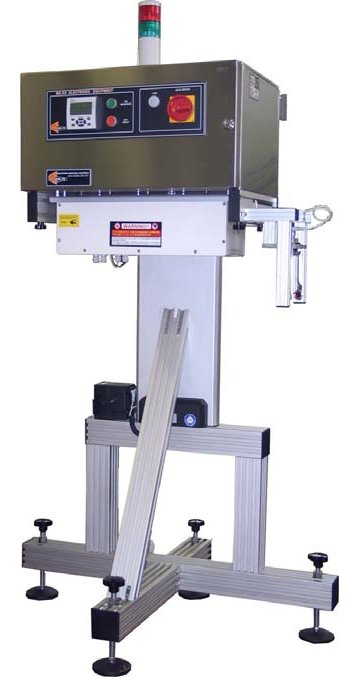SealMaster™ QA Validation System
The SealMaster™ is a quality control instrument that helps maintain the optimum induction seal quality at all times by independently validating induction sealer outputs and process settings.
How Does the SealMaster™ Work?

The SealMaster™ measures the energy transmitted from the induction sealer to the induction liner contained in the closure. It compares this measurement to predetermined values to confirm that the induction sealer is correctly set and functioning.
The SealMaster™ process is much more accurate than just using the controls on the induction sealer. The induction sealer can only measure the output energy that is generated and does not include the effect of the distance from the induction sealer head to the closure, speed of the conveyor, both of which have a critical effect on the input energy into the induction liner within the closure.
The SealMaster™ transmitter is contained in the container as it travels down the production line, so it measures the inductive energy that is being transferred into the induction liner. This automatically takes into effect all factors that affect the quality of the induction seal.
The SealMaster™ also assists with fault diagnosis if sealing problems do occur. It will detect whether the problem is with the sealer (either faulty equipment or faulty settings) or if elsewhere (induction foil, bottle neck, application torque).
The SealMaster™ is one of the products in the Line Patrolman™ range; its sophistication uniquely processes data to give recommended settings for various containers / closures and warns if these recommended settings are not being maintained.











